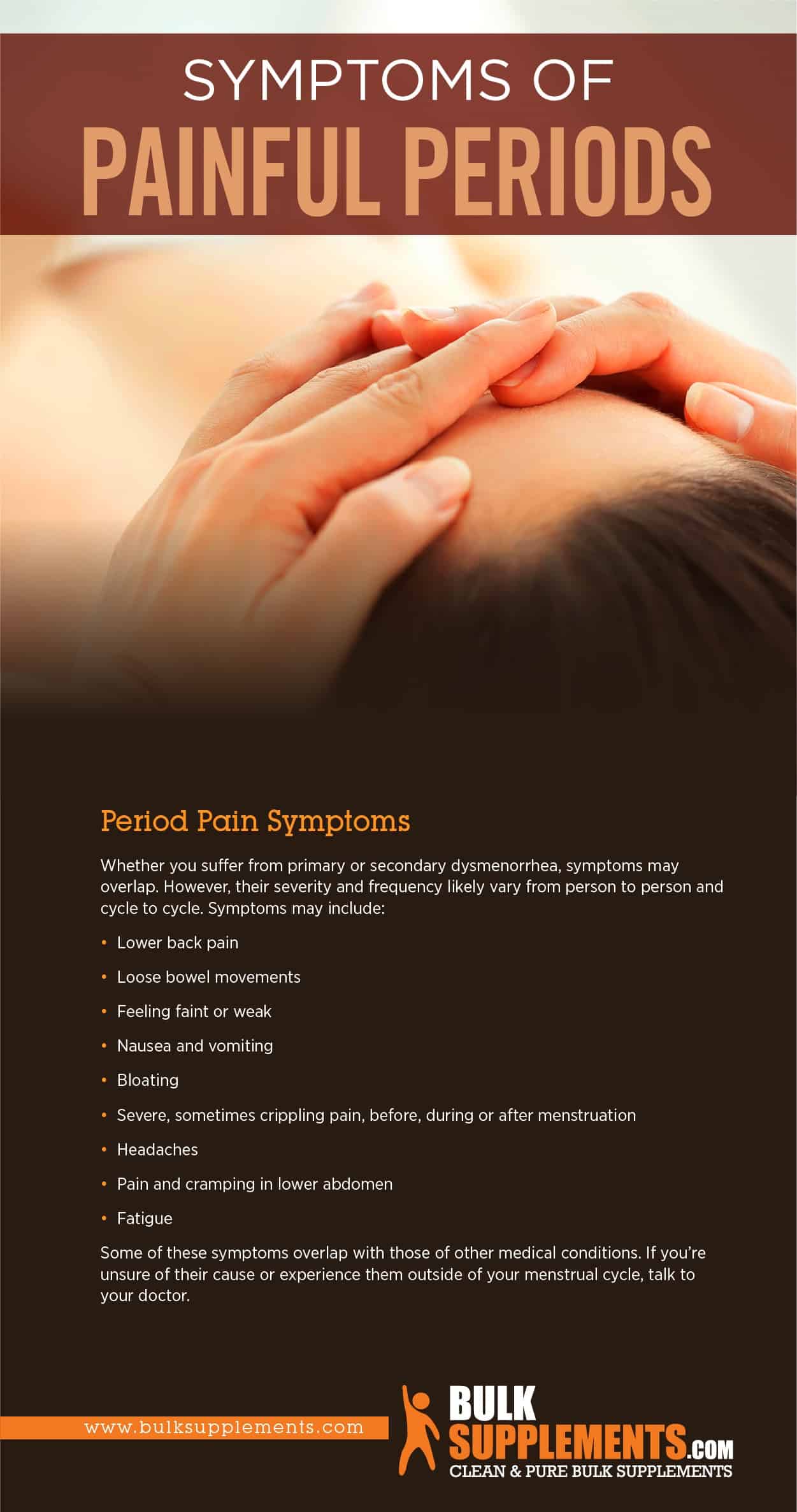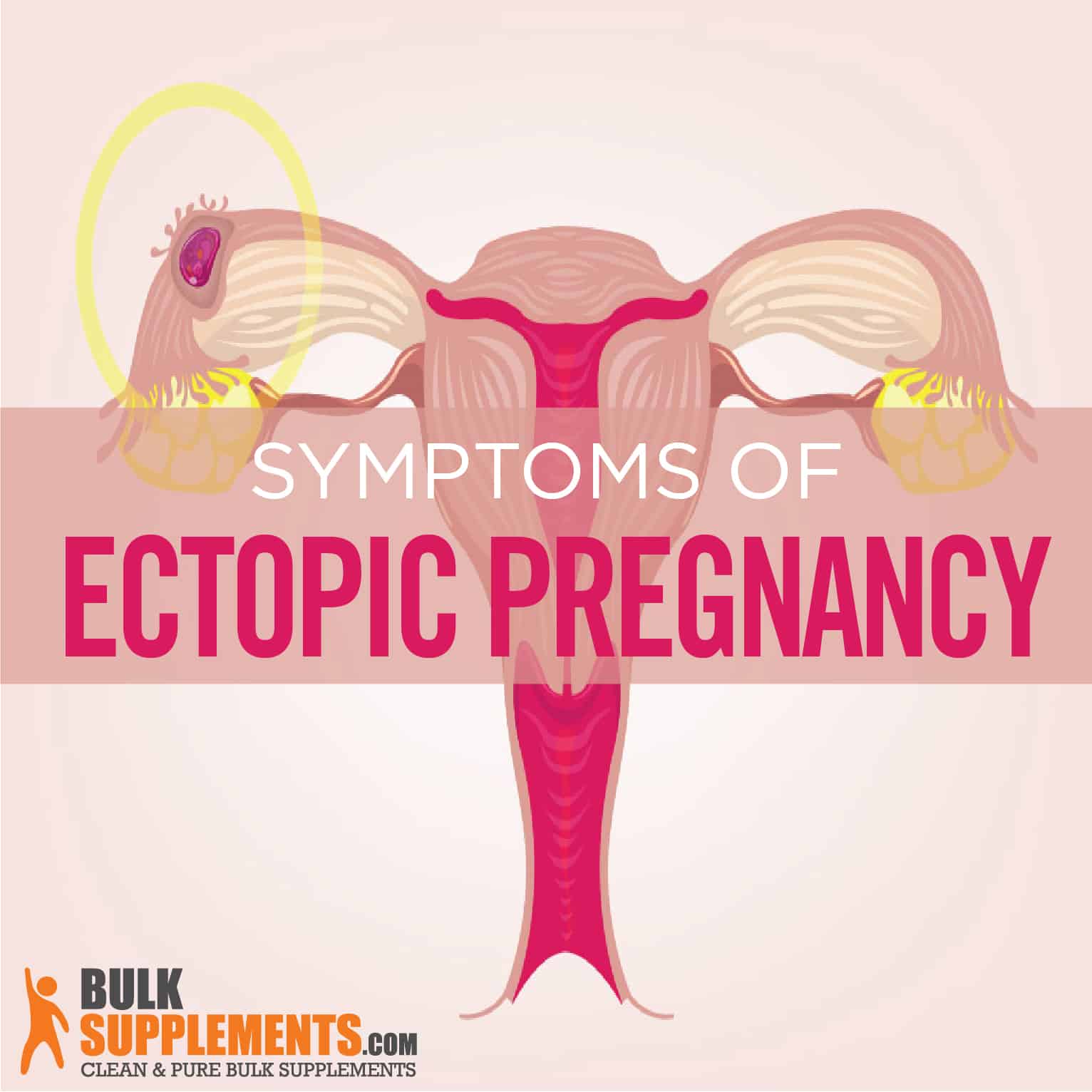Painful Periods: Characteristics, Causes & Treatment
by James Denlinger Digital Marketing StrategistWhat are Painful Periods?
Women often experience pain before and during their menstrual cycles. This is not unusual, especially in teenage women and women who have yet to give birth (x). However, pain before and during a period can sometimes be debilitating and hard to manage.
Period pain is normal, but underlying health conditions may cause it, too. Understanding your body, period and period pain can help you manage it. Not to mention, it can help you know when seeking medical advice is necessary.
Painful Period Characteristics
The medical term for pain during menstruation is dysmenorrhea (x). Women usually feel it in the stomach and pelvic region, as well as in the lower back and sometimes thighs. Depending on the person and cycle, dysmenorrhea may feel dull and constant, sharp and intense or almost nonexistent.
There are two types of dysmenorrhea — primary and secondary. Primary dysmenorrhea is more common and will begin when the first menstrual cycle occurs. It’s generally a life-long condition that causes cramping and discomfort during menstrual cycles. Secondary dysmenorrhea usually occurs due to underlying health conditions. Pelvic inflammatory disease and endometriosis usually cause secondary dysmenorrhea.
Period Pain Symptoms
Whether you suffer from primary or secondary dysmenorrhea, symptoms may overlap. However, their severity and frequency likely vary from person to person and cycle to cycle. Symptoms may include:
- Lower back pain
- Loose bowel movements
- Feeling faint or weak
- Nausea and vomiting
- Bloating
- Severe, sometimes crippling pain, before, during or after menstruation
- Headaches
- Pain and cramping in lower abdomen
- Fatigue
Some of these symptoms overlap with those of other medical conditions. If you’re unsure of their cause or experience them outside of your menstrual cycle, talk to your doctor.
 PIN IT
PIN ITPainful Period Causes
Chemical and hormonal imbalances in the body cause abnormal contractions in the uterus. These contractions cause primary dysmenorrhea. Throughout the menstrual cycle, the body releases the chemical prostaglandin, responsible for triggering muscle contractions.
However, women suffering from secondary dysmenorrhea usually have another medical condition to blame. Typically, the underlying condition is endometriosis. This condition occurs when the endometrial tissue implants outside of the uterus. It can cause internal bleeding, infections and pelvic pain.
Other causes of secondary dysmenorrhea include:
- Adenomyosis: Sometimes confused for endometriosis, this condition occurs when the inner lining of the uterus, or endometrium, breaks through the muscle wall of the uterus. It occurs in women who experience heavy flows and causes menstrual related cramping, lower abdomen pressure and bloating.
- Uterine fibroids: These are noncancerous growths or tumors on the uterus that most often appear during childbearing years.
- Pelvic inflammatory disease: This is an infection of the female reproductive organs. It can occur when sexually transmitted bacteria travel from the vagina to the uterus, fallopian tubes or ovaries.
Women who struggle to manage primary or secondary dysmenorrhea should talk to a doctor. Seek medical help if you believe an underlying health condition is causing your dysmenorrhea.
Painful Period Remedies & Supplements
Getting medical advice about dysmenorrhea isn’t always necessary. But if you decide to add supplements to your routine to treat painful periods, you should talk to your doctor first. They will help you decide whether the supplement you want to take and its recommended dose are right for you.
Omega fatty acids: Consuming omega fatty acids can help lower inflammation. However, excess omega fatty acids do not pair well with certain blood-thinning medications; therefore, talk to you doctor before taking them if you’re taking medication.
Magnesium: Taken daily, magnesium can ease period pain by relaxing the muscle of the uterus and reducing pain associated with prostaglandins.
Ginger root extract: Clinical studies have shown that the effect of ginger on menstrual cramps are comparable to that of ibuprofen. Ginger has many other health benefits, taken as a supplement or tea.
Fennel extract: Fennel naturally contains anethole, a compound known for its antispasm effects. Some clinical studies suggest that fennel can be equal to or more effective than most pain medications due to its ability to relax and soothe muscle pain.
Exercise, Yoga & Meditation
Regular exercise releases endorphins, which act as natural pain killers. That said, regular exercise has only been proven an effective pain killer for mild to moderate dysmenorrhea. Researchers have also studied certain yoga postures — such as the cobra, pigeon and camel — to determine their effectiveness in treating dysmenorrhea. Many popular lifestyle blogs have strongly advocated for meditation as an alleviant for menstrual pain, too.
The Bottom Line
Period pain can interrupt your daily life. Therefore, knowing how you can ease it or prevent it all together can help you reduce stress and anxiety during your menstrual cycle. Everybody is different, and every case of dysmenorrhea is different as well. So talk to your doctor if you experience chronic or severe dysmenorrhea. Also, talk to your doctor if you want to try dietary supplements to treat your period pain.
Sponsor Ads
Created on Mar 24th 2020 10:45. Viewed 280 times.




